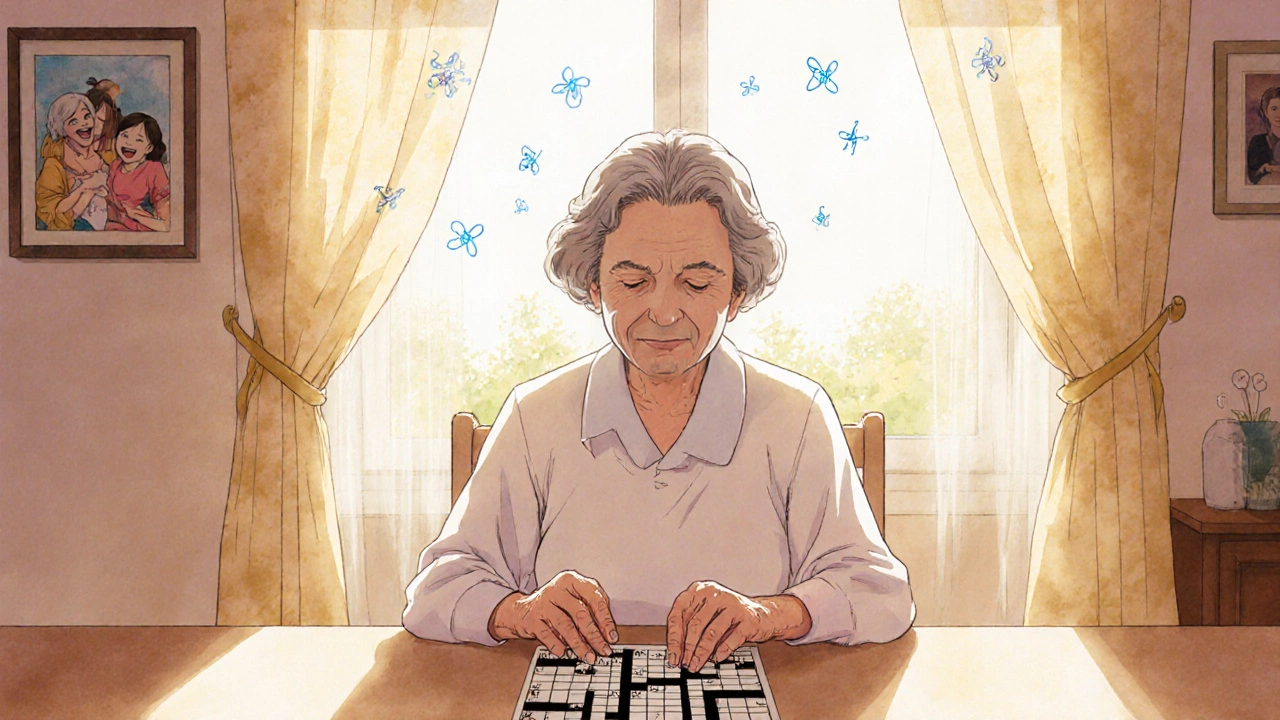Parkinson's: Symptoms, Treatments, and What You Need to Know
When someone has Parkinson's, a progressive nervous system disorder that mainly affects movement. Also known as Parkinson's disease, it happens when nerve cells in the brain that make dopamine start to die off. Without enough dopamine, your body struggles to control motion smoothly—leading to tremors, stiffness, and slow movement. It’s not just about shaking hands. Many people with Parkinson’s also deal with fatigue, trouble sleeping, depression, and even changes in speech or swallowing.
The main treatment for Parkinson's has been levodopa for decades. It’s a drug that turns into dopamine in the brain and helps restore some motor function. But it doesn’t stop the disease from getting worse over time. As the condition progresses, doctors often add other meds like dopamine agonists or MAO-B inhibitors to help manage symptoms longer. Some people also turn to physical therapy, speech training, or even deep brain stimulation when pills aren’t enough. What’s clear is that Parkinson’s affects everyone differently—what works for one person might not help another.
You won’t find a cure here, but you will find real talk about what helps people live better with Parkinson’s. The posts below cover everything from how certain drugs interact with daily routines to what side effects actually matter and how to spot them early. You’ll see comparisons between treatment options, tips for managing symptoms at home, and insights from people who’ve been there. Whether you’re newly diagnosed, caring for someone with Parkinson’s, or just trying to understand what’s going on—this collection gives you the facts without the fluff.
How Selegiline Affects Memory and Thinking in Older Adults
Selegiline helps preserve dopamine in the brains of elderly patients, improving focus, memory, and mental clarity-especially in those with Parkinson’s or early dementia. It’s affordable, well-tolerated, and works better over time than quick fixes.
VIEW MORE
